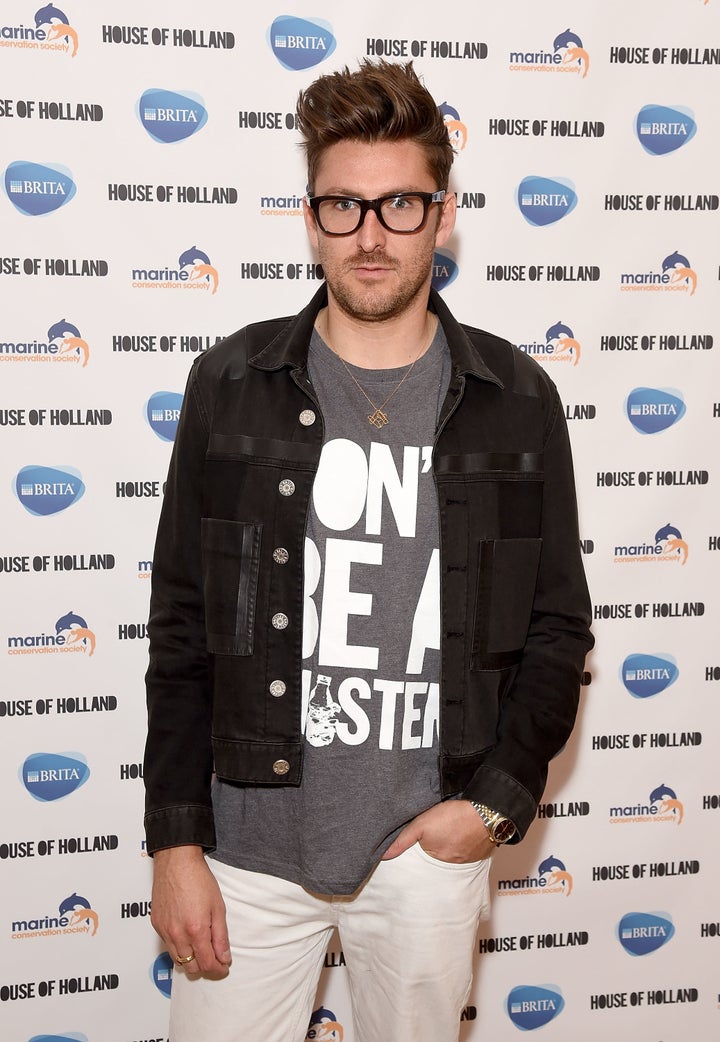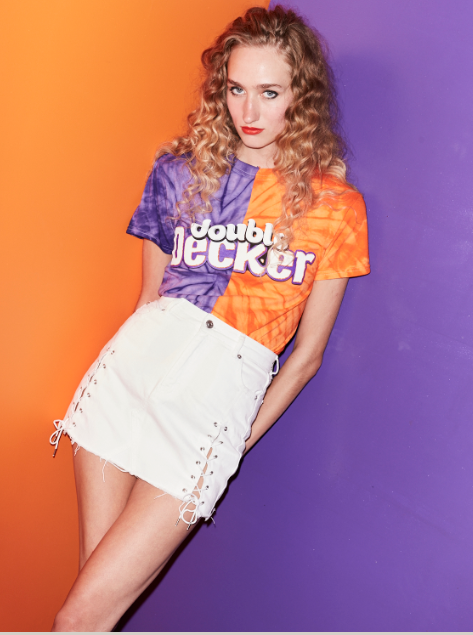Henry Holland believes that it is no longer necessary to be “tall, thin and blonde” to succeed as a model in the UK fashion industry, as casting agents now pick personality over appearance.
The British designer spoke exclusively to HuffPost UK to mark the launch of the House of Holland collaboration with Cadbury’s, and we discussed how he ensures his brand represents diversity and what he is looking for when he chooses models for his shows.
Holland, who is already on his seventh coffee of the day when we talk, explains his approach to diversity has always been organic, rather than forced by a target.
“I’d never set a kind of aesthetic restriction on how I cast my shows, it’s about who the girls is when I meet her and what’s she’s about,” he said.

“When I go to the casting process, as much as I need to like the way somebody looked in their outfit, they need to have good chat... I like to meet the girls and I like them to have a sense of humour,” explained Holland.
The 34-year-old frequently follows potential models on social media beforehand.
“I form these mild obsessions with the ones who are really hilarious,” he said. “I think that I need her, she’s so funny, she cracks me up on her Instagram stories.”
Holland is not only motivated by creating a “personality connection” at his castings, he is also conscious that the brand DNA requires a certain type of person in order for it to work.

“Our clothes are very bold and I think there is a danger in some cases that if a girl is too shy or nervous - sometimes that comes with being too young - then there’s a danger that she doesn’t have a personality and the clothes wear her, rather than the other way round,” he explained.
Despite his own efforts to be inclusive, Holland still works in an industry where diversity is a much-neglected area; in December The Fashion Spot’s annual diversity report revealed that only 29% of cover stars in 2016 were women of colour and only 0.9% - that is six people - were above a UK size 12.
But Holland believes the industry is actively trying to make things better and defended magazine’s efforts.
“I think the industry is trying, there are lots of different initiatives in place and you look at the changes just while I’ve been in the industry,” he said.
“I started working at the end of that period when it was all the models were cast to look the same, and there was a real idea that you were representing one woman when you were showcasing your collections.
″[Now] people want to work with girls because of who they are, in addition to what they look like. It’s another layer on top.”
